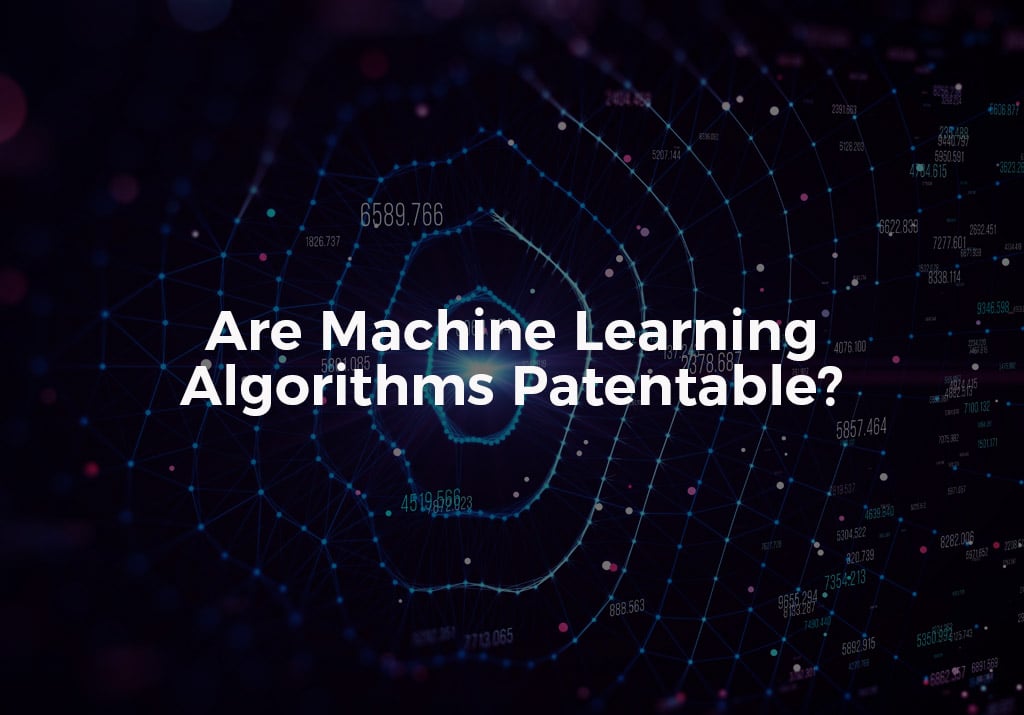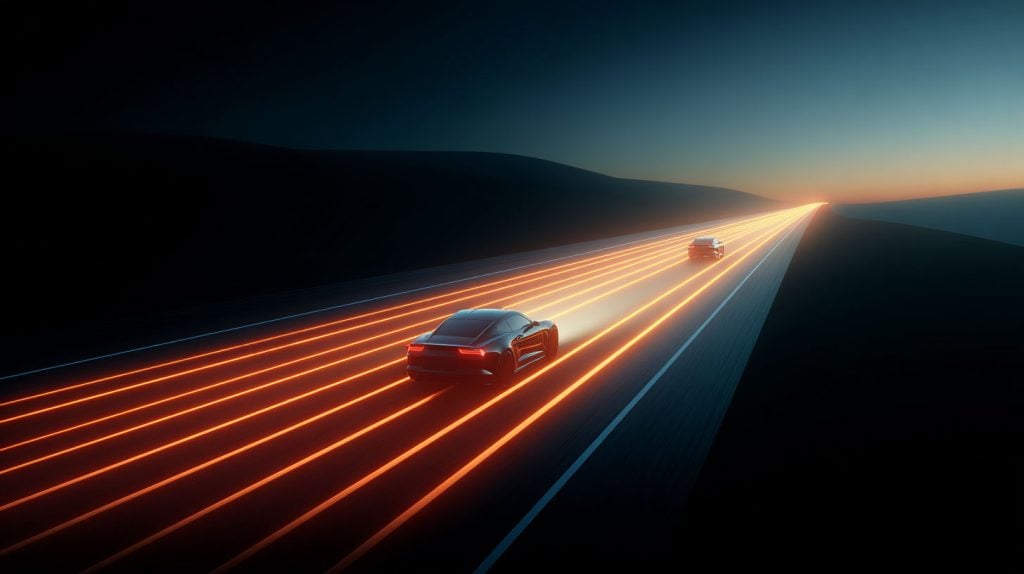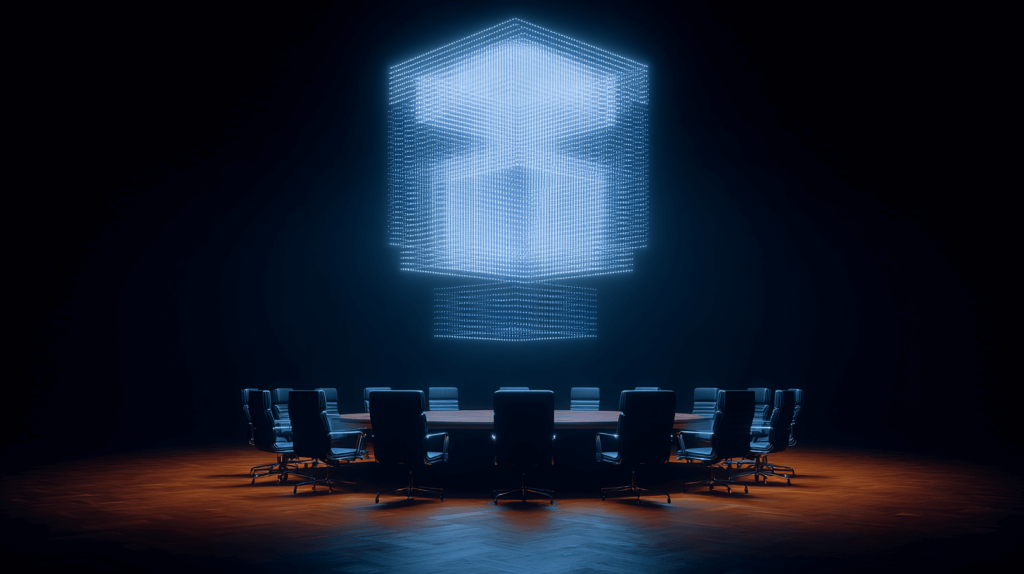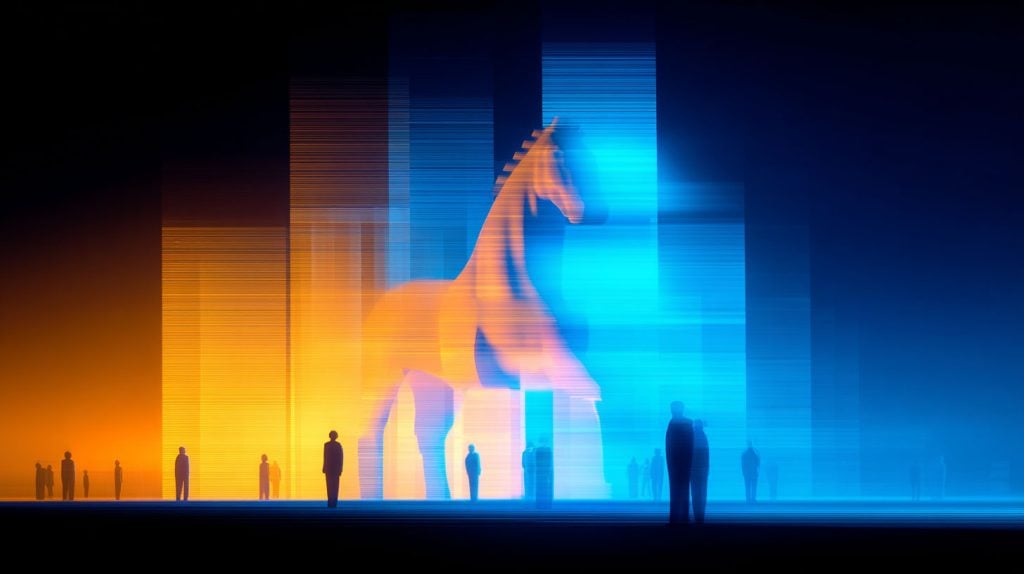In all industries, Artificial intelligence (AI) is proving to be the most significant technological advancement in decades. The machine learning (ML) sector has exploded, helping companies with everything from increasing ad conversion rates to better detecting breast cancer. By 2022, the global machine learning market is anticipated to reach $8.8B.
From large tech corporations to lean startups, companies are eager to understand the requirements and limitations of AI and ML related software patents. But confusion about patentable subject matter is common and has been a topic of debate in recent years.
As a result, the US Patent and Trademark Office (USPTO) has released guidelines that clearly explain what can and cannot be patented in relation to machine learning & artificial intelligence.
As a general overview, most of the technology that exists today operates under inputs and outputs. In this case, a human supplies the input data and its output is computed by a machine or software. Notice that in this scenario it is still necessary for a human to be present in the process. In contrast to this, we have machine learning, whose name means exactly that: future behaviors and computations that are learned by a machine and without the need of any human intervention. In this case the machine provides the input and output.
This leads us to the big question: are machine learning algorithms patentable?
The truth is, it depends on what you consider an algorithm. According to U.S. patent law, you cannot directly patent an algorithm. However, you can patent the series of steps in your algorithm. That’s because an algorithm is seen as a series of mathematical steps and procedures under U.S. patent law.
Note: Most people confuse machine software and software patents. The reason software can be patented is because it’s considered a finished product, whereas machine learning algorithms are considered abstract.
Patent Eligibility Criteria for Software Patents
According to the USPTO, there are two criteria that need to be met in order to determine whether your invention is eligible to receive a patent.
First, the invention must fit into one or several of the following categories:
- Machine
- Method
- Article of manufacture
- Composition of matter
Second, your invention must serve a purpose – be useful, and not fall into any of the following categories:
- Laws of nature
- Physical phenomena
- Abstract ideas
The first two categories expressed in the second criteria simply mean that your creation cannot be tied to what’s available to us through nature. For example: you can’t patent air, a new mineral, or plant.
In regards to machine learning algorithms & AI, many fail to obtain patent protection because their creation is considered by law to be an abstract idea.
An AI or ML algorithm is likely an abstract idea if it falls into one of three categories:
- Mathematical concepts
- Methods of organizing human activity
- Mental processes
You can access the latest guidelines to learn more, but in a nutshell, if you can’t clearly explain the steps in your machine learning algorithm and its ability to solve a real problem, the chances of being granted a patent are fairly low.
Who Has The Most Patents Related To AI & Machine Learning?
Not surprisingly, the majority of AI & machine learning patents come from the biggest American and Japanese tech companies. In recent years, Chinese companies like Baidu have also been growing their patent portfolio. The problem, however, lies in their quality.
Over the past 5 years, there was a huge surge in patenting artificial intelligence, according to the World Intellectual Property Organization (WIPO)
According to WIPO, the number of AI-related patent applications worldwide skyrocketed 193% from 2013 to 2017. The director-general of WIPO stated the surge in patenting “means we can expect a very significant number of new AI-based products, applications and techniques that will alter our daily lives — and also shape future human interaction with the machines we created”.
When analyzing corporate acquisitions in the AI sector, WIPO found that 434 companies have been acquired since 1998, with over half of those taking place after 2016.
Today AI and Machine Learning are driving forces behind innovation in all industries and will continue to yield massive value to the companies who are wise enough to protect their intellectual property.
Examples of Patents Related To Machine Learning
The major players in this sector are Google, Samsung, and Amazon. Here are three examples of patents from these brands that are related to machine learning:
Samsung’s Drone That’s Controlled Through Face Recognition and Hand Gestures
Samsung’s latest patent is a drone with a flying display that can detect a person’s face, pupils, and hand gestures.
The patent describes the camera as a mechanism that transmits information to the main control unit. Hence, it supplies the inputs.
It’s usefulness, however, is still debated. Many people believe that it’s primary purpose may be related to the advertising industry, potentially projecting customized display ads for users as they walk down the streets of major cities.
Amazon Files a Patent That Can Capture the Details of a Conversation and Save It.
Smart speakers are always paying attention to what’s happening around them. With Amazon’s latest patent, the Alexa smart speaker may be activated by not only a trigger word, but your own interests.
According to the patent, Alexa will register words that have strong meanings behind them. For example: “I love the Italian food.” By saying a phrase with the word “love”, the smart speaker will analyze this data and use it to personalize advertisements. Soon enough, you’ll likely start to see offers for Italian food.
This technology can also be used for negative keywords as well. For example, if you say “I hate sushi”, this will be registered as something that you dislike and giving Amazon advertisers the ability to avoid advertising to you.
Google Wants to Give You Short and Exact Answers.
In the early days Google was very simple. If you entered certain keywords, it would show you web pages that contained those words.
Their mission has always been to provide better results to search queries. However, soon enough, they realized their old method was focusing more on web pages – and not giving meaningful answers.
To solve this problem, they created an algorithm where If you type a simple question, you would get a simple answer.
To take things a step further, Google updated its algorithm and filed a patent to include rich media in these types of search results.
For example: when you search “listen to We Will Rock You by Queen” it will give you the following result:
This technology is one of the most widely used in today’s search landscape and has also been the basis of providing the best results for voice search.
Does Your Software Integrate Machine Learning or AI?
An IP attorney experienced in software patents can assist you in identifying patentable subject matter, drafting your patent application, and creating technical drawings.
At The Rapacke Law Group, we offer patent services to tech startups for a transparent flat-fee without the hassle of hourly billing, charges for calls, or emails.
Schedule your free phone consultation online to speak with an experienced IP attorney about protecting your software innovation.




